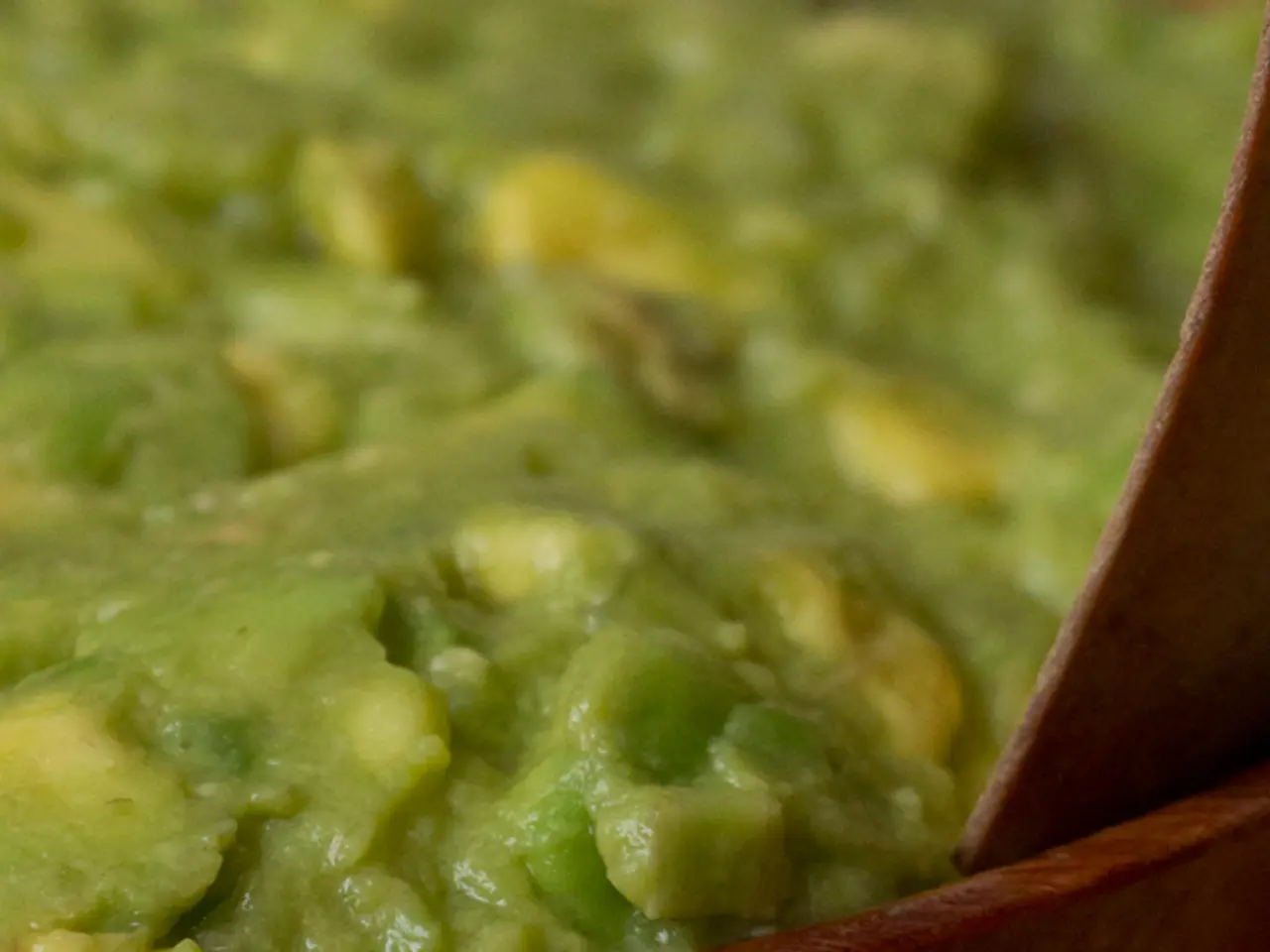Preparing Infant Nutrition: A Guide on Homemade Baby Food
Preparing Homemade Baby Food: A Comprehensive Guide
In the spirit of promoting health and safety for infants, we present a revised fact sheet on preparing homemade baby food, initially authored by Lisa Pescara, Extension Educator, Family and Consumer Sciences.
Step-by-step instructions:
- Clean
- Wash hands thoroughly with soap and water before preparation.
- Clean cutting boards, utensils, and countertops with hot soapy water.
- Wash fruits and vegetables under running water before cooking or pureeing.
- Separate
- Use separate cutting boards for raw meats and other foods to avoid cross-contamination.
- Avoid preparing baby food where raw meat or eggs were recently handled without cleaning.
- Cook
- Cook foods like vegetables, fruits, meat, and poultry fully to kill pathogens.
- Use a food thermometer to check internal temperatures (e.g., 165°F for poultry).
- For fruits and veggies, steaming or boiling until soft is recommended to make pureeing easier and food safer.
- Prepare and puree
- Use a blender, food processor, or hand masher to puree cooked foods to desired consistency.
- Add cooking liquid, formula, or water as needed to thin purees.
- Chill and store
- Cool foods promptly after cooking. Avoid leaving food at room temperature over 2 hours.
- Store homemade baby food in clean, airtight containers.
- Keep refrigerator temperature at or below 41°F (5°C).
- Store pureed baby food in the refrigerator for up to 48 hours. For longer storage, freeze in ice cube trays or small containers for 1 month or less.
Foods to avoid for babies under 1 year include: raw/unpasteurized milk or juice, raw or undercooked eggs, raw or undercooked meat/fish, raw sprouts, and honey due to risk of botulism.
Additional food safety tips: - Use gloves or utensils (not bare hands) when handling ready-to-eat baby food. - Sanitize all equipment and surfaces properly using food-safe sanitizers. - Use a refrigerator thermometer to monitor storage temperature.
By adhering to these steps, you minimize the risk of foodborne illness in babies and ensure nutrition safety at home.
Storage guidelines: - When thawing frozen baby food, use one of the following methods: refrigerate overnight, microwave (stirring to avoid hot pockets), or place food in a bowl within a larger bowl or pot filled with hot water. - Fruits and Vegetables stored in the refrigerator can last up to 2 days. Fruits and Vegetables stored in the freezer can last up to 1 month. - Meats stored in the refrigerator can last up to 1 day, while meats stored in the freezer can last up to 1 month. Egg yolks stored in the refrigerator can last up to 1 day, and egg yolks stored in the freezer can last up to 1 month. - Meat-and-Vegetable Combinations stored in the refrigerator can last up to 1 day, and Meat-and-Vegetable Combinations stored in the freezer can last up to 1 month. - Store homemade baby food in labeled, dated containers in the refrigerator or freezer until ready for use. Use clean jars, plastic storage containers, or ice cube trays for storage of homemade baby food.
By following these guidelines, you can ensure that your baby's meals are both nutritious and safe. Enjoy the journey of nourishing your little one with love and care!
[1] Source: FDA (Food and Drug Administration) [4] Source: CDC (Centers for Disease Control and Prevention)
In the realm of nurturing a baby's growth, it's essential to maintain a home-and-garden environment that abides by food safety standards, as demonstrated in the comprehensive guide for making homemade baby food. From transcending one's lifestyle to prioritize healthier alternatives, this guide is a testament to the importance of maintaining a home-and-garden setting that ensures a nutritious and safe lifestyle for infants.




